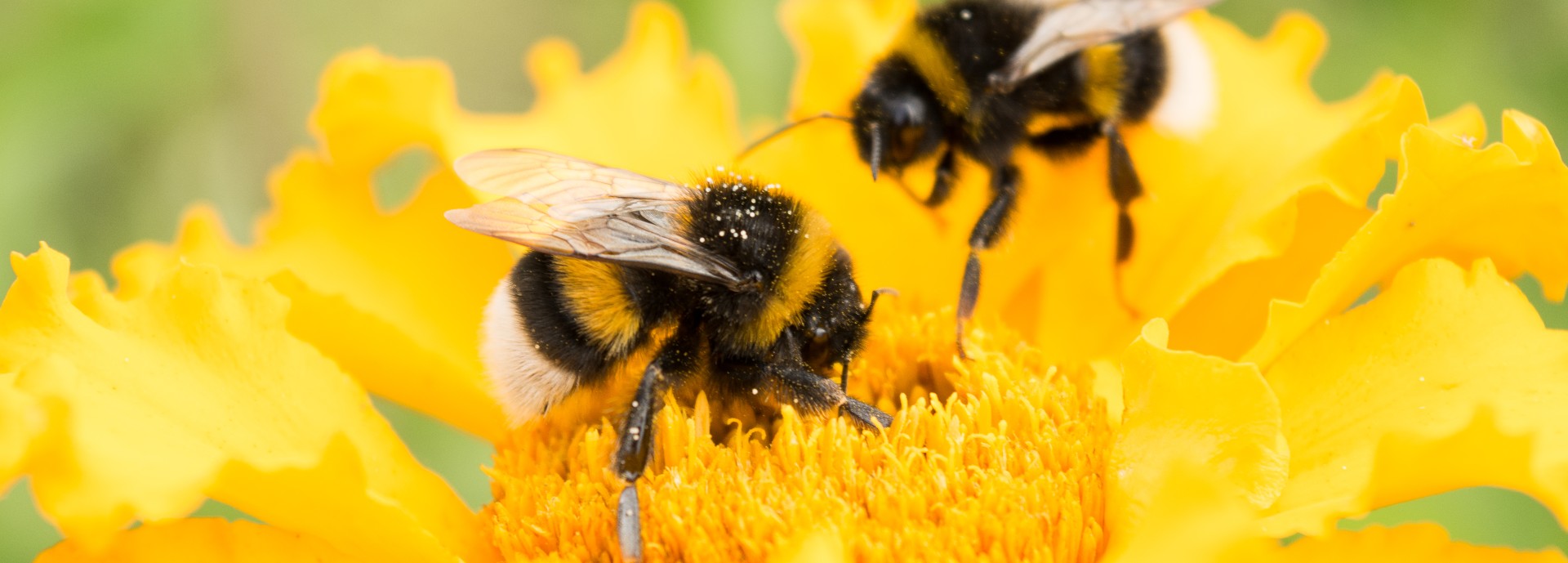New research by experts at the University of Stirling has revealed the reproduction rates of bumblebees living in radiation-contaminated areas, such as Chernobyl, are more severely impacted than previously thought.
Research led by Dr Katherine Raines, of the Faculty of Natural Sciences, shows that bumblebees exposed to radiation comparable to the highest dose rates at Chernobyl (50-400 µGyh-1) experience lower reproductive rates and delayed colony growth. The research, published in ‘Proceedings of the Royal Society B: Biological Sciences’, indicates the impact on bumblebees may have consequences for the wider ecosystem, including reduced pollination as a result of fewer bumblebees.
The consequences for wildlife of living in radiologically contaminated environments are uncertain. Previous laboratory studies suggest insects are relatively radiation-resistant; however, some field studies from the Chernobyl Exclusion Zone report severe adverse effects at substantially lower radiation dose rates than expected.
The study shows that exposure to a dose of 100 µGyh-1 could reduce bumblebee reproduction by between 30 – 45 per cent. As the dose is increased, reproductive rates drop further.

Dr Katherine Raines, of the Faculty of Natural Sciences
Dr Katherine Raines, of the Faculty of Natural Sciences, said: “Our research provides much needed understanding as to the effects of radiation in highly contaminated areas and this is the first research to underpin the international recommendation for the effects of radiation on bees.”
The study simulated Chernobyl-levels of radiation exposure in a laboratory to investigate the impacts it may be having on insects inhabiting the exclusion zone.
The project was funded by the Natural Environment Research Council (NERC), the UK Government’s Environment Agency, and Radioactive Waste Management.

